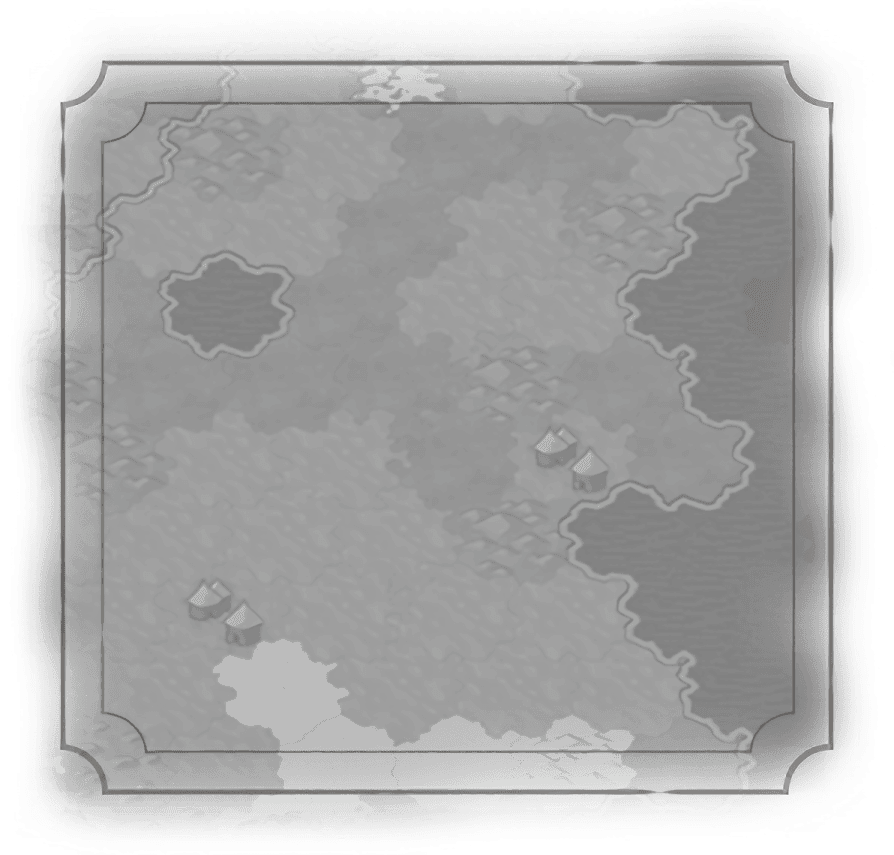Comandante General
Great Admiral
Great Artist
Amrita Sher-Gil
Andrei Rublev
Angelica Kauffman
Boris Orlovsky
Claude Monet
Donatello
Edmonia Lewis
El Greco
Gustav Klimt
Hasegawa Tōhaku
Hieronymus Bosch
Jang Seung-eop
Kamāl ud-Dīn Behzād
Katsushika Hokusai
Marie-Anne Collot
Mary Cassatt
Michelangelo
Qiu Ying
Rembrandt van Rijn
Sofonisba Anguissola
Titian
Vincent van Gogh
Wassily Kandinsky
Great Engineer
Great General
Great Merchant
Great Musician
Great Prophet
Great Scientist
Great Writer


Katsushika Hokusai
Historical Context
In the beginning there was the wave. The towering blue-and-white tsunami in the foreground of the most august of mountains in Japan, 'The Great Wave off Kanagawa' was one of Katsushika Hokusai’s series of “Views of Mount Fuji.” It has been an icon of Japanese art since the first print in 1830. That wave, from the date Admiral Perry arrived, swept beyond the islands; it would eventually crash over Europe and America. And make Hokusai world famous.
Most of what is known about Hokusai comes from the autobiography he himself wrote, so the details should be taken with a touch of skepticism. Born on the ninth month of the tenth year of the Hōreki period (so, around October 1760 AD) in Edo, Hokusai began painting at the age of six. At 14, the boy was apprenticed to a wood-carver, and at 18 he was accepted into the studio of the artist Katsukawa Shunsho. Shunsho practiced ukiyo-e, wood-block printing and painting. Hokusai would, during this, change his name to Shunro … the first of many. Indeed, Hokusai is known by at least 30 names during his life.
Upon the death of Shunsho in 1793, Hokusai (who was dabbling in other schools of art) was expelled from the Katsukawa school. And, whereas the traditional subjects of ukiyo-e were courtesans and Kabuki actors and daimyo, he began applying the technique to landscapes. In 1800 Katsushika – the name he is best known by – published two collections of prints: Famous Sights of the Eastern Capital and Eight Views of Edo. By 1834, under the name Gakyo Rojin Manji (“the old man mad about art”), the workaholic was producing hundreds of prints a year … more than 30000 by the time he died in April 1849.
Most of what is known about Hokusai comes from the autobiography he himself wrote, so the details should be taken with a touch of skepticism. Born on the ninth month of the tenth year of the Hōreki period (so, around October 1760 AD) in Edo, Hokusai began painting at the age of six. At 14, the boy was apprenticed to a wood-carver, and at 18 he was accepted into the studio of the artist Katsukawa Shunsho. Shunsho practiced ukiyo-e, wood-block printing and painting. Hokusai would, during this, change his name to Shunro … the first of many. Indeed, Hokusai is known by at least 30 names during his life.
Upon the death of Shunsho in 1793, Hokusai (who was dabbling in other schools of art) was expelled from the Katsukawa school. And, whereas the traditional subjects of ukiyo-e were courtesans and Kabuki actors and daimyo, he began applying the technique to landscapes. In 1800 Katsushika – the name he is best known by – published two collections of prints: Famous Sights of the Eastern Capital and Eight Views of Edo. By 1834, under the name Gakyo Rojin Manji (“the old man mad about art”), the workaholic was producing hundreds of prints a year … more than 30000 by the time he died in April 1849.
Great Works
 The Great Wave off Kanagawa
The Great Wave off Kanagawa Lake Suwa in Shinano Province
Lake Suwa in Shinano Province Fine Wind, Clear Morning
Fine Wind, Clear MorningActivate at a district or wonder with an available Great Work slot.

Traits
Modern Era
Great Artist

Historical Context
In the beginning there was the wave. The towering blue-and-white tsunami in the foreground of the most august of mountains in Japan, 'The Great Wave off Kanagawa' was one of Katsushika Hokusai’s series of “Views of Mount Fuji.” It has been an icon of Japanese art since the first print in 1830. That wave, from the date Admiral Perry arrived, swept beyond the islands; it would eventually crash over Europe and America. And make Hokusai world famous.
Most of what is known about Hokusai comes from the autobiography he himself wrote, so the details should be taken with a touch of skepticism. Born on the ninth month of the tenth year of the Hōreki period (so, around October 1760 AD) in Edo, Hokusai began painting at the age of six. At 14, the boy was apprenticed to a wood-carver, and at 18 he was accepted into the studio of the artist Katsukawa Shunsho. Shunsho practiced ukiyo-e, wood-block printing and painting. Hokusai would, during this, change his name to Shunro … the first of many. Indeed, Hokusai is known by at least 30 names during his life.
Upon the death of Shunsho in 1793, Hokusai (who was dabbling in other schools of art) was expelled from the Katsukawa school. And, whereas the traditional subjects of ukiyo-e were courtesans and Kabuki actors and daimyo, he began applying the technique to landscapes. In 1800 Katsushika – the name he is best known by – published two collections of prints: Famous Sights of the Eastern Capital and Eight Views of Edo. By 1834, under the name Gakyo Rojin Manji (“the old man mad about art”), the workaholic was producing hundreds of prints a year … more than 30000 by the time he died in April 1849.
Most of what is known about Hokusai comes from the autobiography he himself wrote, so the details should be taken with a touch of skepticism. Born on the ninth month of the tenth year of the Hōreki period (so, around October 1760 AD) in Edo, Hokusai began painting at the age of six. At 14, the boy was apprenticed to a wood-carver, and at 18 he was accepted into the studio of the artist Katsukawa Shunsho. Shunsho practiced ukiyo-e, wood-block printing and painting. Hokusai would, during this, change his name to Shunro … the first of many. Indeed, Hokusai is known by at least 30 names during his life.
Upon the death of Shunsho in 1793, Hokusai (who was dabbling in other schools of art) was expelled from the Katsukawa school. And, whereas the traditional subjects of ukiyo-e were courtesans and Kabuki actors and daimyo, he began applying the technique to landscapes. In 1800 Katsushika – the name he is best known by – published two collections of prints: Famous Sights of the Eastern Capital and Eight Views of Edo. By 1834, under the name Gakyo Rojin Manji (“the old man mad about art”), the workaholic was producing hundreds of prints a year … more than 30000 by the time he died in April 1849.
Traits
Modern Era
Great Artist
Great Works
 The Great Wave off Kanagawa
The Great Wave off Kanagawa Lake Suwa in Shinano Province
Lake Suwa in Shinano Province Fine Wind, Clear Morning
Fine Wind, Clear MorningActivate at a district or wonder with an available Great Work slot.



